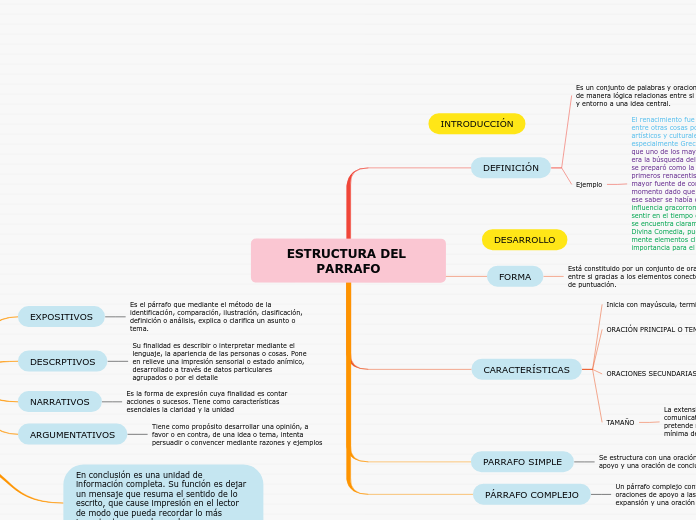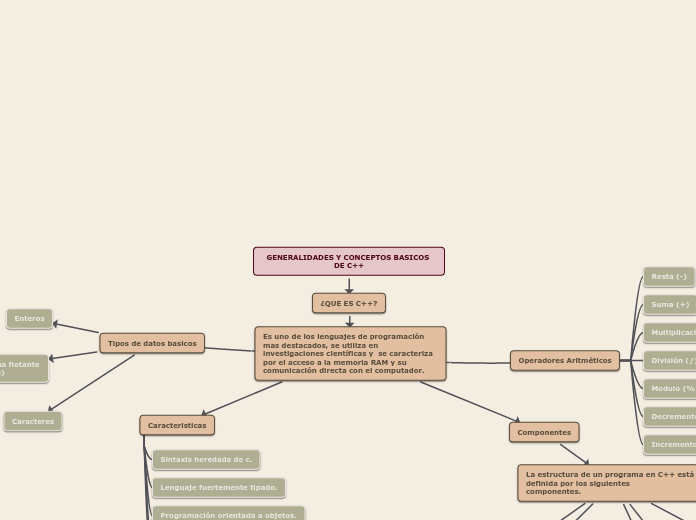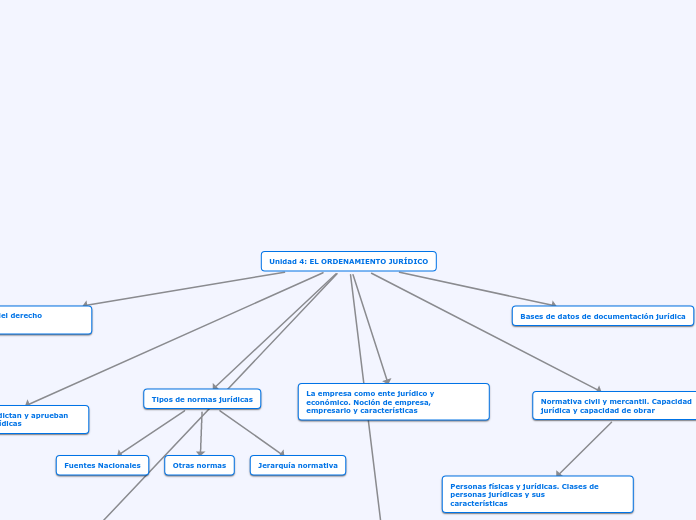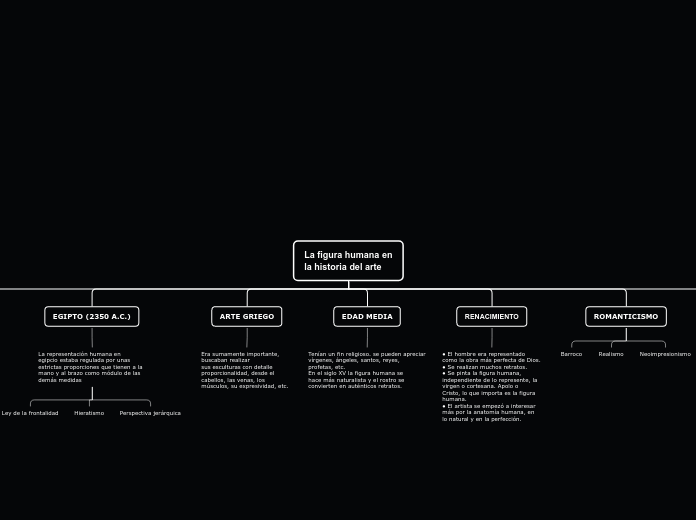TIPOS DE PÁRRAFOS
ARGUMENTATIVOS
Tiene como propósito desarrollar una opinión, a favor o en contra, de una idea o tema, intenta persuadir o convencer mediante razones y ejemplos
NARRATIVOS
Es la forma de expresión cuya finalidad es contar acciones o sucesos. Tiene como características esenciales la claridad y la unidad
DESCRPTIVOS
Su finalidad es describir o interpretar mediante el lenguaje, la apariencia de las personas o cosas. Pone en relieve una impresión sensorial o estado anímico, desarrollado a través de datos particulares agrupados o por el detalle
EXPOSITIVOS
Es el párrafo que mediante el método de la identificación, comparación, ilustración, clasificación, definición o análisis, explica o clarifica un asunto o tema.
CONCLUSIÓN
En conclusión es una unidad de información completa. Su función es dejar un mensaje que resuma el sentido de lo escrito, que cause impresión en el lector de modo que pueda recordar lo más importante, y que lo ayude a su comprensión.
DESARROLLO
INTRODUCCIÓN
ESTRUCTURA DEL PARRAFO
To name your story, you have to think about the overall message and what you want your audience to understand from the story. Also, make it relevant and easy to remember.
PÁRRAFO COMPLEJO
Un párrafo complejo contiene: una oración principal, oraciones de apoyo a las que se añaden oraciones de expansión y una oración de conclusión.
PARRAFO SIMPLE
Se estructura con una oración principal, oraciones de apoyo y una oración de conclusión.
CARACTERÍSTICAS
The ending of a story is essential. We all know that if the ending is weak, what happened before loses its importance. So make it unpredictable, but fair. A resolved ending answers all the questions and ties up any loose threads from the plot.
TAMAÑO
La extensión del párrafo depende de la intención comunicativa del autor y del tipo de texto que se pretende redactar. Se recomienda una extensión mínima de 4 y máxima de 14 renglones.
Un párrafo demasiado largo fatiga al lector y presenta riesgo de que se rompa la unidad.
ORACIONES SECUNDARIAS
Complementan y amplían lo enunciado en la oración principal y forman el resto del párrafo. Debe haber continuidad y coherencia entre la oración principal y las oraciones secundarias para que se dé una estructura lógica. Algunas veces estas ideas se constituyen en ejemplos.
ORACIÓN PRINCIPAL O TEMA
This is the closure section of the story.
See examples of possible outcomes below:
- all problems have been solved
- it's clear how each one of your characters ends up
- your main character is transformed by the challenge
Es la que expresa la idea principal y da sentido al párrafo. En ella indica el tema o los aspectos de que trata el párrafo.
Try answering these questions to come up with a closure:
- Have all the problems been solved?
- Is there a clear picture of what happens with each character in the story?
- Has the challenge transformed your main character?
- How do the characters feel in the end?
Inicia con mayúscula, termina con punto final
This is the moment when the main character surpasses the last obstacle and finally faces their greatest challenge.
The climax usually follows one of these patterns:
- realization
- resolution
- choice
Type in your answer.
FORMA
The middle of the story is where you add layers of complications that will lead to the end. Reveal more about the character's journey. Did their personality go through changes? How did they overcome the challenges? And as you build up the story’s central conflict, make it more personal to that character. Also, from the middle act, you have to lead into the final act.
Está constituido por un conjunto de oraciones unidas entre si gracias a los elementos conectores y signos de puntuación.
Each story has a main character and that character usually needs to solve a problem or challenge. The character's challenge is the one that creates tension throughout the story.
DEFINICIÓN
In the beginning of the story (or the exposition), you will need to introduce the setting and characters. You might also want to introduce the main conflict. This part of the story is important because it gives the reader necessary background information and maybe even a first insight into a character’s personality.
Ejemplo
The setting (time & place) of a story can change throughout the plot.
El renacimiento fue una época que se caracterizó, entre otras cosas por retomar elementos filosóficos, artísticos y culturales del mundo clásico especialmente Grecia y Roma. Teniendo en cuenta que uno de los mayores intereses del Renacimiento era la búsqueda del conocimiento el mundo antiguo se preparó como la mejor opción para que los primeros renacentistas se basaran en él, pues era la mayor fuente de conocimiento que había hasta el momento dado que con la Edad Media gran parte de ese saber se había olvidado y perdido. Esta gran influencia gracorromana, que ya se empezaba a sentir en el tiempo de transición en que vivió Dante, se encuentra claramente en el séptimo circulo de la Divina Comedia, pues en este aparecen recurrente mente elementos clásicos que tienen una gran importancia para el desarrollo de la obra.
Your story can take place wherever your imagination will take you to.
For example: in an elevator, in an enchanted forest, etc. Don't forget to give details of the environment each time the setting changes, otherwise, the story can be confusing. Also, mention the seasons as each of them has unique weather and events.
Es un conjunto de palabras y oraciones integradas de manera lógica relacionas entre si armónicamente y entorno a una idea central.
Characters are essential to a good story. Usually, the protagonist(s) is/are the most affected by the plot. Introduce a character by focusing on their actions, interests, and occupation, as the physical appearance doesn't make a difference in most cases.










